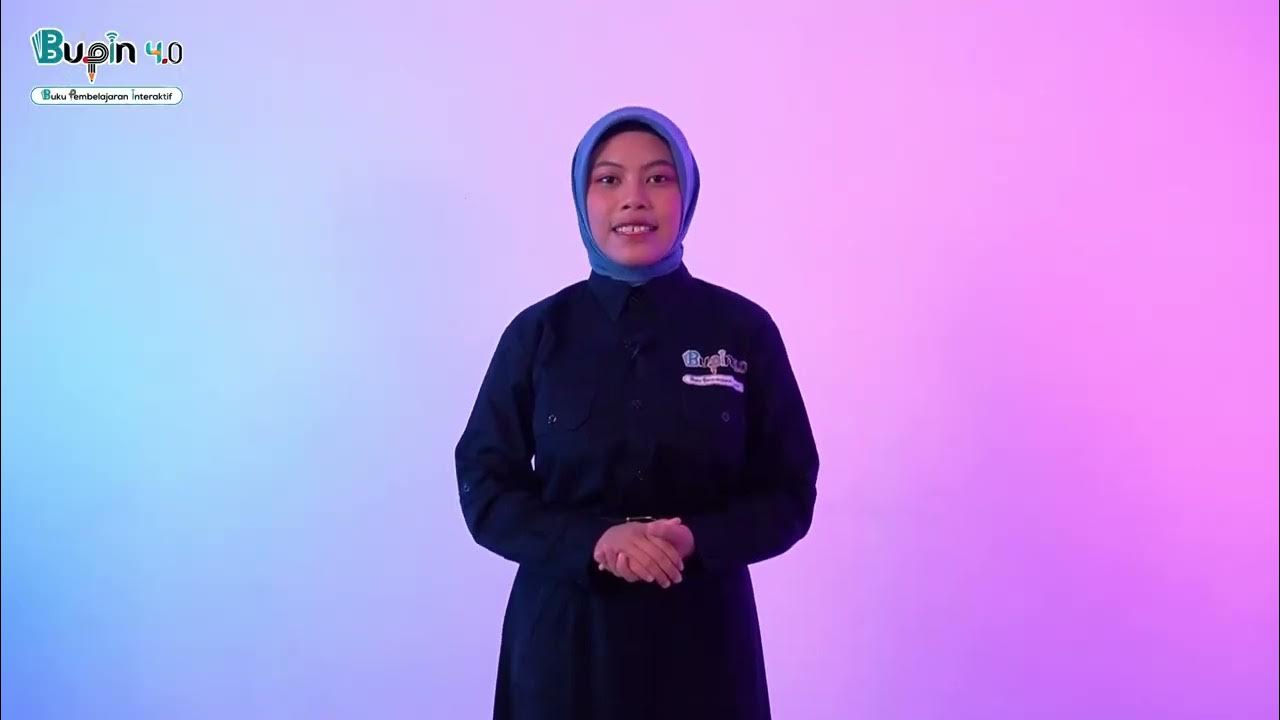INTRODUCTION TO ART AND HUMANITIES
Summary
TLDRThis video introduces a course on Art Appreciation, focusing on the significance of art and humanities in our daily lives. It explores how art serves as a universal language, expressing emotions and connecting people across cultures. The course delves into the definitions of art and humanities, their historical context, and various art forms such as visual and performing arts. Key themes include the importance of art in personal growth, critical thinking, and cultural awareness, as well as the impact of multiple intelligences on human development. Additionally, the video emphasizes the interconnections between art, communication, history, psychology, and other disciplines in the humanities.
Takeaways
- 😀 Art is a universal language that connects people through emotions, thoughts, and senses, impacting daily life and human interactions.
- 😀 Humanities is the academic field studying human culture and experiences, often intertwined with the study of art, which reflects humanity's qualities.
- 😀 Art is a way of expressing emotions and ideas, from visual arts (painting, sculpture) to performing arts (theater, music), and it enriches human experiences.
- 😀 The significance of art lies in its ability to express thoughts, evoke emotions, and help people communicate about various topics, even in adverse situations.
- 😀 Art offers satisfaction and happiness to both creators and audiences, motivating artists and providing peace and entertainment to viewers.
- 😀 Art enhances critical thinking and problem-solving skills, contributing to intellectual growth and social awareness of societal issues.
- 😀 The 4E model (Explore, Expose, Experience, Enjoy) serves as a process for learning in art and humanities, promoting lifelong learning and appreciation.
- 😀 Three domains of learning—cognitive (thinking), affective (emotional), and psychomotor (physical skills)—are essential in understanding and engaging with art.
- 😀 Howard Gardner’s theory of multiple intelligences explains that individuals possess diverse talents, such as linguistic, logical-mathematical, spatial, and musical intelligences.
- 😀 Other disciplines within the humanities include communication, history, psychology, philosophy, religious studies, sociology, and anthropology, all contributing to the understanding of human behavior and society.
Q & A
What is the primary purpose of the course 'Art Appreciation' as described in the script?
-The primary purpose of the 'Art Appreciation' course is to help students understand and enjoy art by exploring its meanings, significance, and how it plays a role in our daily lives and culture.
How does art impact our daily lives according to the script?
-Art impacts our daily lives in various ways, such as through the landscapes, buildings, clothing, hairstyles, and social or political messages expressed in murals. It is an essential part of our surroundings and interactions, providing emotional and sensory enjoyment.
What are the three main objectives for the chapter on 'Art and Humanities'?
-The three main objectives are: 1) To distinguish the meaning of art and humanities and other related disciplines, 2) To appreciate the significance of art as a form of emotional expression, and 3) To create an advocacy art poster promoting the benefits of art and humanities.
What is the etymological meaning of 'art' and 'humanities'?
-The term 'art' comes from the Latin word 'ars', meaning ability or skill, especially in communicating beauty and emotions. 'Humanities' comes from 'humanus', which refers to human culture and refinement, and is an academic field that studies how humans process and document experiences.
What are the two main types of art mentioned in the script?
-The two main types of art discussed are visual art and performing art. Visual art includes painting, drawing, sculpting, and architecture, while performing art involves theater, literature, music, dance, and film.
How does art contribute to the emotional well-being of individuals?
-Art contributes to emotional well-being by providing a means for people to express their thoughts and emotions, serving as a form of emotional release. It also brings satisfaction, happiness, and peace to both the artists and the audience.
What role does art play in enhancing critical thinking skills?
-Art helps develop critical thinking skills by encouraging analysis, reflection, and problem-solving. It prompts individuals to think deeply, question, and interpret various forms of expression, making them wiser and more thoughtful.
What are the four stages of the 4E model of learning discussed in the script?
-The four stages of the 4E model are: 1) Exploration, where students conduct inquiries and research, 2) Exposure, where students are introduced to various learning strategies, 3) Experience, where students engage deeply and personally, and 4) Enjoyment, which brings pleasure and satisfaction from learning.
What are the three domains of learning in art and humanities as described in the script?
-The three domains of learning are: 1) Cognitive, which involves thinking and intellectual skills, 2) Affective, which involves emotional response and appreciation, and 3) Psychomotor, which relates to physical actions and coordination.
According to Dr. Howard Gardner's theory, what are the multiple intelligences?
-Dr. Howard Gardner's theory of multiple intelligences identifies various types of intelligence, including linguistic, logical-mathematical, spatial, bodily-kinesthetic, musical, interpersonal, intrapersonal, and naturalistic. These intelligences reflect the diverse ways people are skilled and talented.
Outlines

此内容仅限付费用户访问。 请升级后访问。
立即升级Mindmap

此内容仅限付费用户访问。 请升级后访问。
立即升级Keywords

此内容仅限付费用户访问。 请升级后访问。
立即升级Highlights

此内容仅限付费用户访问。 请升级后访问。
立即升级Transcripts

此内容仅限付费用户访问。 请升级后访问。
立即升级5.0 / 5 (0 votes)






